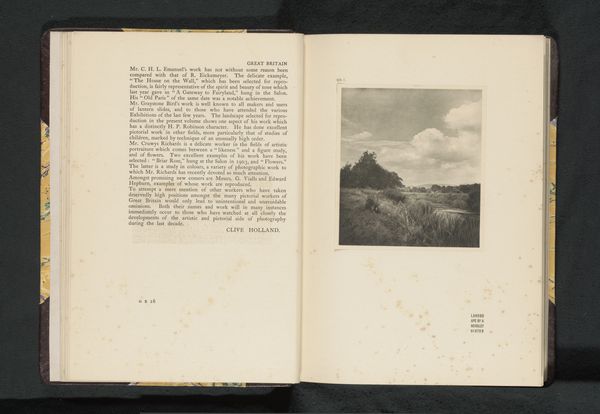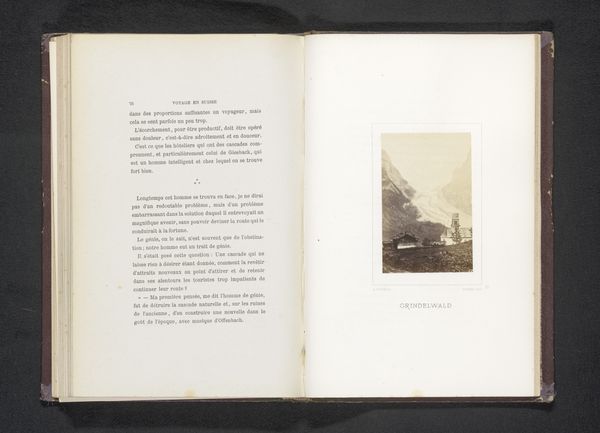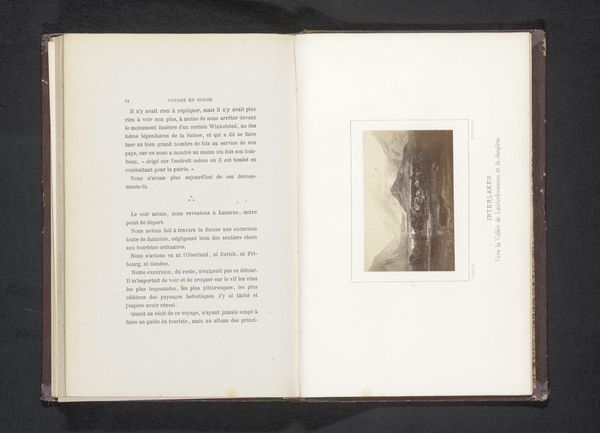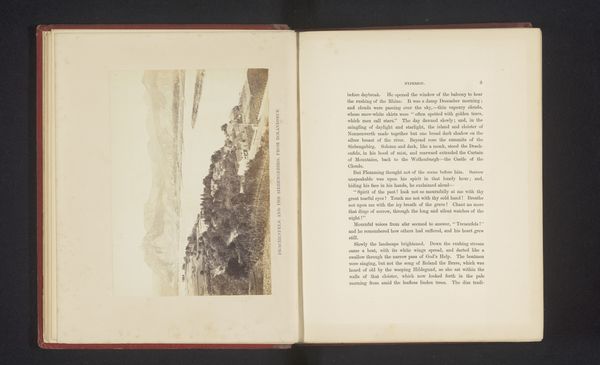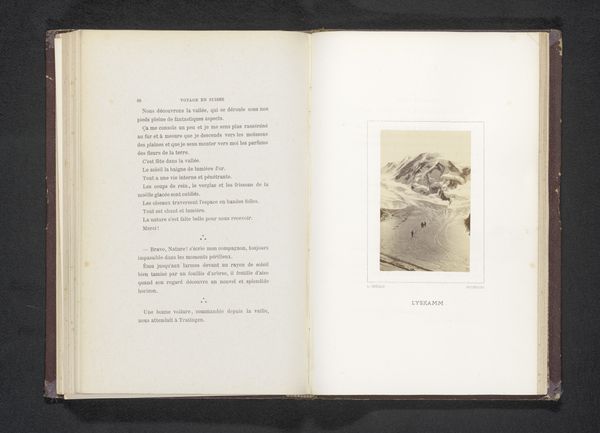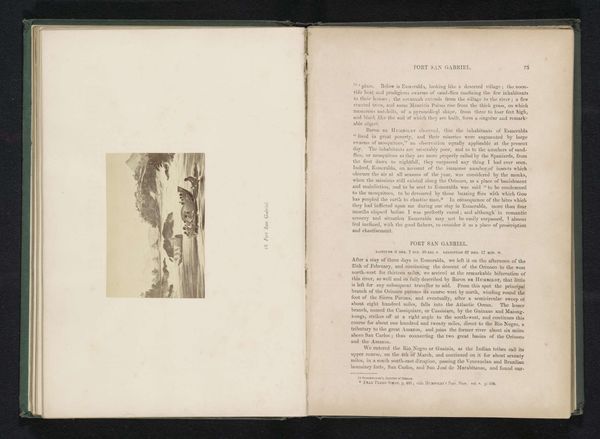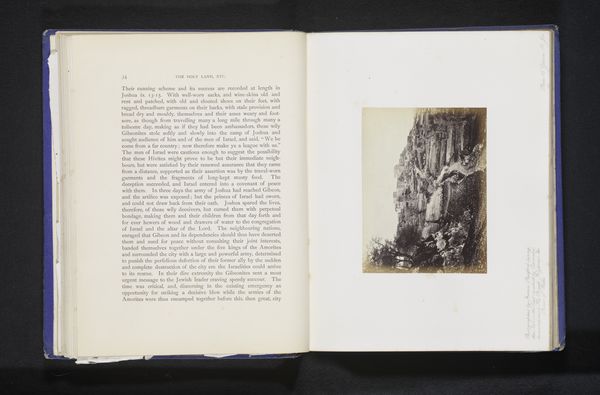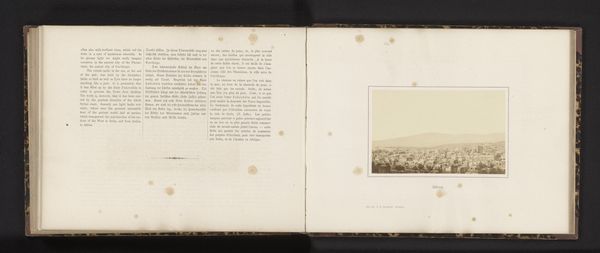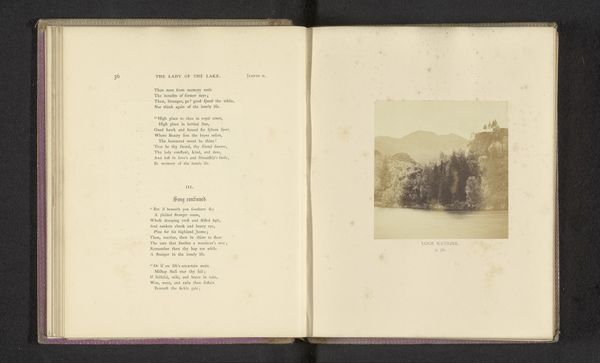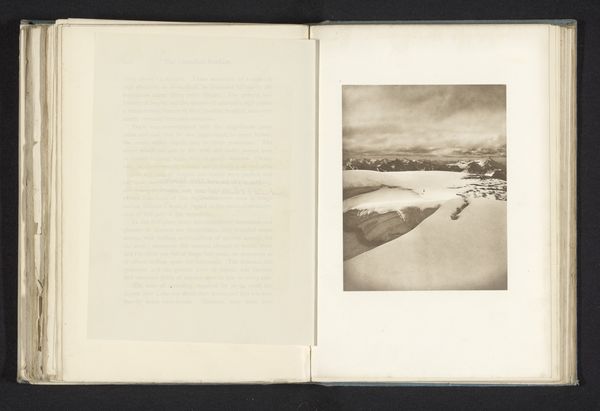
print, photography, albumen-print
# print
#
landscape
#
photography
#
mountain
#
albumen-print
Dimensions: height 87 mm, width 56 mm
Copyright: Rijks Museum: Open Domain
Curator: Before us, we have an albumen print titled "Gezicht op Fl端elen," dating from before 1868, by Louis Gh챕mar. Editor: It’s wonderfully evocative, like a dreamscape. The muted sepia tones lend an almost antique feel, contrasting sharply with the crisp detail in the village structures. There’s a strong sense of receding space; the mountains feel quite distant. Curator: Gh챕mar was working during a period when photography was increasingly used for documentation, especially for picturesque views sought after by tourists. This particular image showcases a Swiss alpine village, catering to that interest. Notice how the placement within this bound volume almost elevates the photograph beyond mere documentation to something of greater perceived value. Editor: The light, too, is striking. It falls just so on the peaks, drawing my eye upward along a carefully considered plane of perspective. The artist's control over tone seems superb here; each element holds precisely the right level of detail relative to its scale. Curator: Indeed. Gh챕mar was adept at capturing the grandeur of the landscape while also portraying the human presence within it. He presented an ordered, almost romantic vision of Switzerland. However, this period coincided with significant social changes within Switzerland— industrialization and modernization transforming these once-isolated communities. What kind of message would an idealized scene send when the modern world and modernization starts creeping at the corner of our eyes? Editor: That subtle tension actually amplifies the impact of the image! He doesn't present the untouched, and almost certainly un-untouched. Even at that time people have affected this world. Curator: The framing, and context would appeal strongly to elite sensibilities, promoting both Switzerland's natural beauty and its socio-political stability. The album as a whole becomes a carefully constructed narrative of progress. Editor: Ultimately, the albumen print’s strength lies in its delicate balancing act. A world that presents itself beautifully while knowing it may soon vanish. It gives this a whole new perspective in photography. Curator: I agree, the intersection of technology, societal change, and artistry is indeed what makes “Gezicht op Flüelen” more than just a landscape photograph, and gives it an lasting place in cultural reflection.
Comments
No comments
Be the first to comment and join the conversation on the ultimate creative platform.
